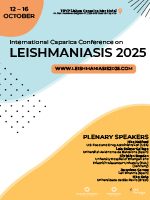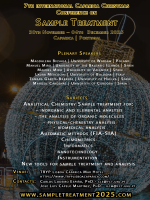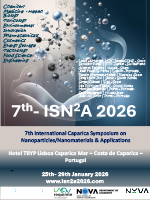Alcohol and drug use in drug-related deaths in Campania (Italy): a snapshot study over the years 2008-2018
DOI: 10.5584/jiomics.v10i2.334
Abstract
Aim: Aim of the study is the evaluation of incidence of mortality, directly or indirectly linked to drug abuse in one of the most populated Italian region (Campania). Trends on psychotropic substances intake and prevalence of drug-related deaths (DRDs) are assessed over an eleven-year observation period from 2008 to 2018. Data from toxicological investigations applied, for forensic purpose, on post-mortem blood sampled from 640 suspected DRDs (267 in the years 2008– 2012 and 373 in the years 2013 – 2018) has been revised.
Methods: A Systematic Toxicology Analysis (STA) by validated GC/MS or LC-MS/MS methods for licit drugs (benzodiazepines, antidepressants/antipsychotics, hypnotics) and illicit drugs (amphetamine and analogous, cocaine, opiate, methadone, barbiturate, buprenorphine, cannabis and new psychoactive substances) was applied. A conventional methodology (GC/HS-FID) was used to test the blood alcohol concentration (BAC).
Results: Toxicological results were positive in 403 cases out of 640 autopsies totally performed: 202 DRDs out of 267 deaths were identified during the years 2008-12 and 201 DRDs out of 373 during the 2013-2018 period. Among the 403 DRDs, more than 90% of cases were males aged between 41-50 years. A remarkable increase in the number of alcohol related deaths (42 cases) was observed in the years from 2013 to 2018 compared with the previous one. Most of these cases showed a BAC in the range 1.5 – 4 g/L, compared to the only 3 cases occurred in 2008-2012 years. During the eleven-year observation period, the poly-drug use has been recognized as responsible for 258 deaths (64%) out of 403 cases in total. The association of cocaine and morphine was predominant in the years 2008-2012 while in the years 2013-2018 pharmaceuticals (benzodiazepines, antidepressants etc.), alcohol and illicit drugs (cocaine and morphine), alone or in combination, were the substances mainly detected. Methadone was detected more frequently in associations with other drugs (mainly pharmaceuticals) or ethyl alcohol but it was also found alone in 3 DRDs only. Surprisingly in few DRDs cannabis metabolites were found neither a single fatal poisoning by amphetamines and new psychoactive substances (NPS) was recorded.
Conclusion: During the eleven-year observation period, an increase in DRDs involving ethyl alcohol intake has been observed. A relevant variability in the prevalence among the licit/illicit drug use has been also found, mainly represented by the poly-drug intake respect to the abuse of a single drug. Data collected demonstrate that it is crucial a continuous updating about the territorial trends of the drug abuse in order to develop a Community Data Bank, for planning strategies of prevention.









